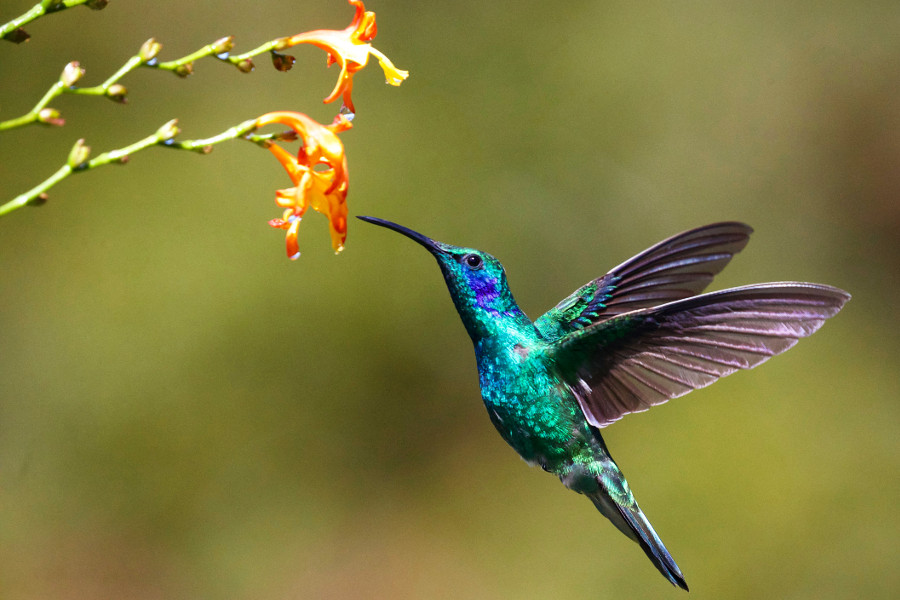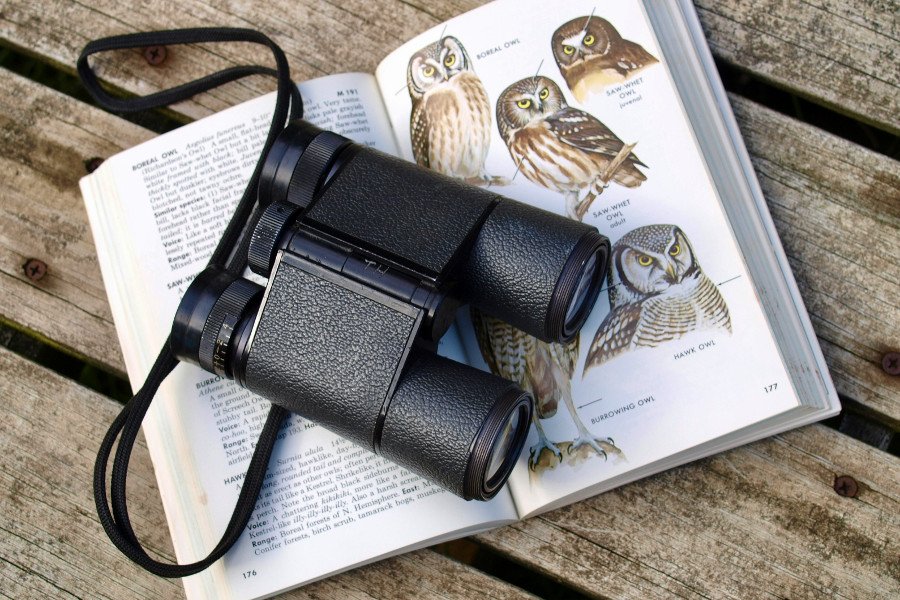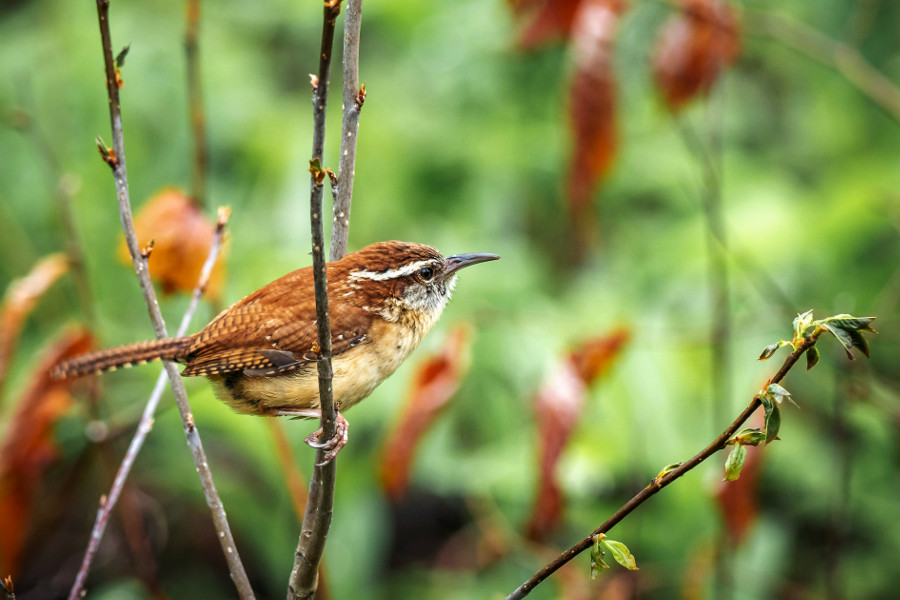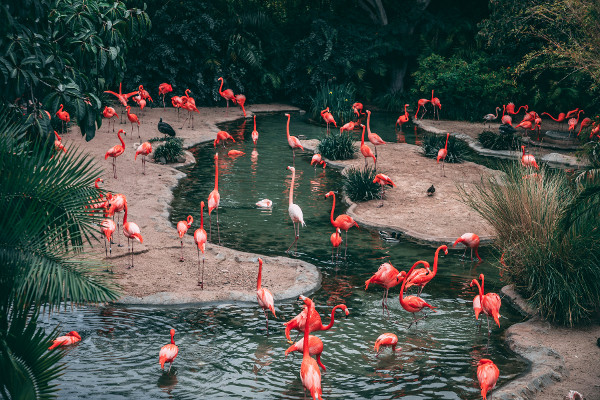Birdwatching How-To Guide: Start, Spot, and Enjoy Birds in Nature
Birdwatching is a wonderful way to slow down and connect with the natural world. Whether you’re just starting out or curious about how to improve your skills, this guide will walk you through the basics. From choosing the right equipment and knowing when to go out, to identifying species and recording sightings, birdwatching offers a peaceful, rewarding experience. It’s not just a hobby – it’s a chance to find calm, joy, and a deeper appreciation for wildlife all around us.

What is birdwatching (birding)?
Birdwatching is basically a way to connect with nature by observing birds in their natural surroundings. Birds are everywhere, and watching them helps us slow down and appreciate the small wonders of the natural world. It’s not just about spotting pretty feathers – birdwatching invites us to tune into the sounds, movements, and rhythms of life around us. We humans evolved alongside these creatures, so it shouldn’t surprise us that watching birds can be both relaxing and inspiring. Whether in your backyard or a far-off nature reserve, birding encourages curiosity and mindfulness. It’s a gentle hobby that brings people closer to the environment, often sparking a deeper respect for wildlife and conservation.
How do I start birdwatching as a beginner?
Starting birdwatching is simpler than you might think. You don’t need fancy gear or expert knowledge – just a bit of curiosity and time spent outdoors. Begin by stepping into your backyard or a nearby park and simply watch. Pay attention to the birds you see and hear. A basic field guide or a smartphone app can help you identify common species. You don’t have to buy binoculars right away; your eyes will do fine at first. Try to visit early in the morning when birds are most active. The key is to be patient and quiet, letting nature come to you. Over time, you’ll notice more details, learn bird calls, and start to recognize different species. Birding is about enjoying the experience, not rushing to check off species.
Do I need binoculars for birdwatching?
Binoculars aren’t absolutely necessary to begin birdwatching, but they really do make a big difference. Birds can be small, fast, and often far away, so binoculars help bring them into clearer view without disturbing them. For most beginners, an 8x42 pair is just right – strong enough to see detail but still easy to hold steady. If you don’t have binoculars, you can still enjoy birdwatching in places where birds come close, like feeders or parks. The important part is observing and listening. Once you get hooked, investing in binoculars will feel natural, because they open up a whole new world of detail. But don’t worry if you can’t get any right away; your naked eye is a good place to start.
What basic equipment do I need?
When it comes to birdwatching, less is often more. The only piece of equipment that truly enhances the experience is a pair of binoculars – they let you see birds up close without getting too close yourself. A field guide or a birding app will help you figure out which bird you’re looking at. Beyond that, dress comfortably for the outdoors – good shoes, weather-appropriate clothing, maybe a hat. A small notebook or your phone can be handy for jotting down notes or recording sightings. Water and snacks make longer outings more enjoyable. You don’t need fancy cameras or scopes at the beginning. The real joy of birdwatching comes from quietly observing and learning, with just a few simple tools in your bag.

Here are a few useful links:
- Global Birding Initiative – Your Ultimate Birdwatching Guide
- Enhance Your Birdwatching Experience – British Trust for Ornithology (BTO)
- Birdwatching in America – U.S. Fish & Wildlife Service
- BirdForum – Global Community for Birdwatchers
- r/birdwatching subreddit – starter tips and app suggestions
When is the best time of day to go birdwatching?
Early morning is hands down the best time for birdwatching. Right after sunrise, birds are busy singing, feeding, and moving about – it’s their most lively period. The light is soft and beautiful, making it easier to spot colors and shapes. During migration seasons, dawn can be especially exciting because birds are on the move, and you might catch rare visitors. Late afternoon can also be a good time, but midday is usually quieter since birds often rest in the heat. Calm, clear weather helps too. Getting up early might feel like a challenge, but the peacefulness of the morning and the thrill of spotting birds make it well worth it.
Where can I go birdwatching (backyard, parks, nature reserves)?
You can go birdwatching just about anywhere – birds live everywhere! Start with your own backyard or balcony, especially if you add a feeder or water source. Local parks and gardens offer more variety and chances to see different species. Nature reserves and wetlands are goldmines for birdwatchers looking for waterfowl and migratory birds. Forest trails, coastal areas, and even urban spots can surprise you with unique birds if you know where to look. The key is variety – different habitats bring different birds. Many birders use apps and websites to find popular local birding spots. Wherever you go, remember to be respectful, stay on paths, and enjoy the chance to connect with nature up close.
How do I identify different bird species?
Identifying birds is a fun puzzle that gets easier with practice. Start by noticing the bird’s size and shape – compare it to a familiar bird like a sparrow or crow. Look closely at colors and patterns: Is there a stripe over its eye? Are the wings spotted? Pay attention to its behavior too – how it flies, feeds, or moves. Listening to bird calls is also a huge help; many species have unique songs that make them easier to recognize. Use a field guide or a birding app to match your observations with pictures and descriptions. Don’t worry about being perfect at first – learning takes time. The more you watch and listen, the sharper your skills become.
What field guides or mobile apps should I use?
There are plenty of excellent field guides and apps to help you learn birds. Classic books like the “Sibley Guide to Birds” or the “National Geographic Field Guide” offer detailed drawings and easy-to-understand info. For tech lovers, apps like Merlin Bird ID are fantastic – they help you identify birds by answering a few simple questions or even analyzing photos and sounds. The Audubon Bird Guide app is another favorite, with lots of photos and audio clips of bird calls. eBird is perfect for logging your sightings and finding local hotspots. BirdNET can help identify bird songs from your recordings. Try a few to see which ones fit your style. These tools turn birdwatching into a joyful, interactive learning experience.

What should I wear for birdwatching?
When birdwatching, comfort and blending in are key. Choose clothes in natural, earthy colors like greens, browns, or grays, so you don’t startle the birds. Bright colors and shiny fabrics can scare them away. Dress in layers to adjust to changing temperatures, especially in the early morning or late afternoon. Long sleeves and pants protect you from sunburn and insect bites. A good pair of sturdy shoes or boots is essential if you’re walking on trails or uneven ground. Don’t forget a hat, sunglasses, and sunscreen. If bugs are a problem, insect repellent is your friend. A quiet, comfortable outfit helps you stay unnoticed and enjoy your birdwatching in peace.
How do I record and track my sightings?
Keeping track of your bird sightings is part of the fun and helps you learn over time. You can use a simple notebook to jot down the date, place, species, and anything interesting you noticed about the bird’s behavior. Some birders like to sketch or take photos too. If you prefer digital tools, apps like eBird make logging easy – they even let you share your sightings with a global community of birders. Merlin Bird ID connects with eBird, helping verify your identifications. Keeping a “life list” of all the species you’ve seen is a popular way to stay motivated. Recording your birdwatching adventures adds purpose and a sense of accomplishment to your outings.
Can I go birdwatching with family and kids?
Absolutely! Birdwatching is a fantastic activity for families and kids. It’s affordable, educational, and encourages children to explore and appreciate the outdoors. Kids love the game of spotting birds and learning their songs. Start in the backyard or local park, where birds are easier to find. Keep trips short and fun to hold their attention. Binoculars made for kids and colorful field guides can make identification exciting. There are also kid-friendly apps that turn birding into a game. Many nature centers host family bird walks, which are perfect introductions. Birdwatching helps children develop patience, observation skills, and a lasting love of nature.
What are the mental health benefits of birdwatching?
Birdwatching offers wonderful mental health benefits by helping us slow down and reconnect with the natural world. Spending time quietly observing birds reduces stress, eases anxiety, and lifts the mood. The act of focusing on birds and their environment promotes mindfulness, which calms a busy mind. Being outdoors in green spaces improves concentration and even sleep quality. Walking and gentle activity add to physical and emotional wellbeing. Birdwatching can also combat loneliness by encouraging social connection through clubs and shared outings. For many, it becomes a soothing routine that brings joy and purpose. In a hectic world, birding offers a peaceful, accessible way to nurture mental balance and resilience.
Enjoy your adventure in birdwatching.



